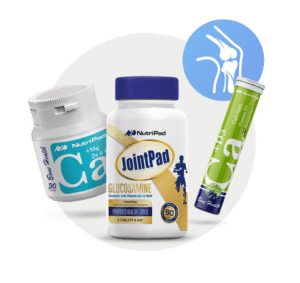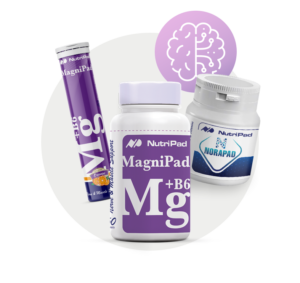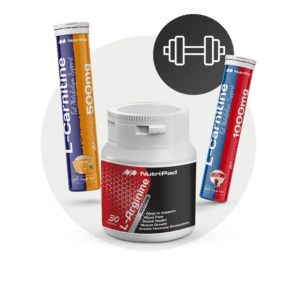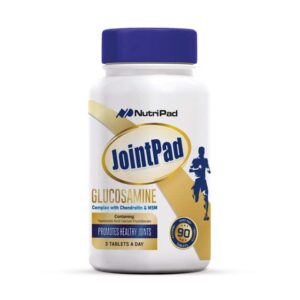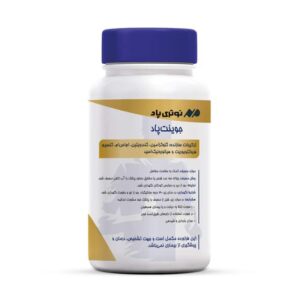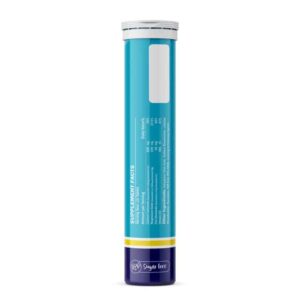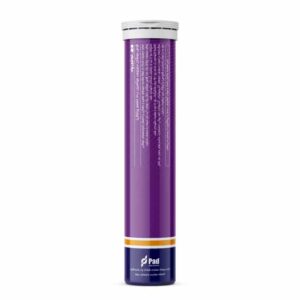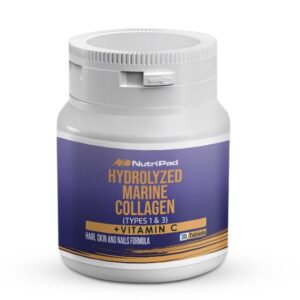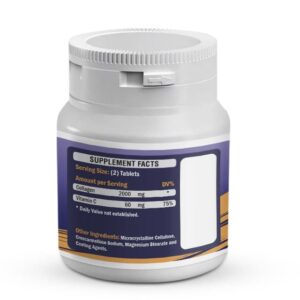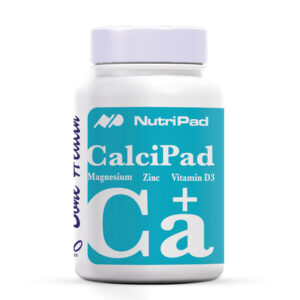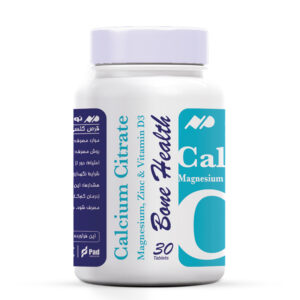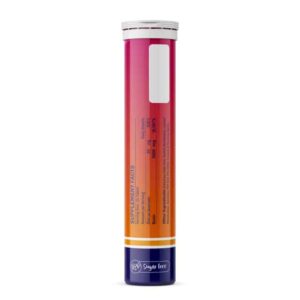Osteoporosis, Osteoarthritis and Rheumatoid arthritis
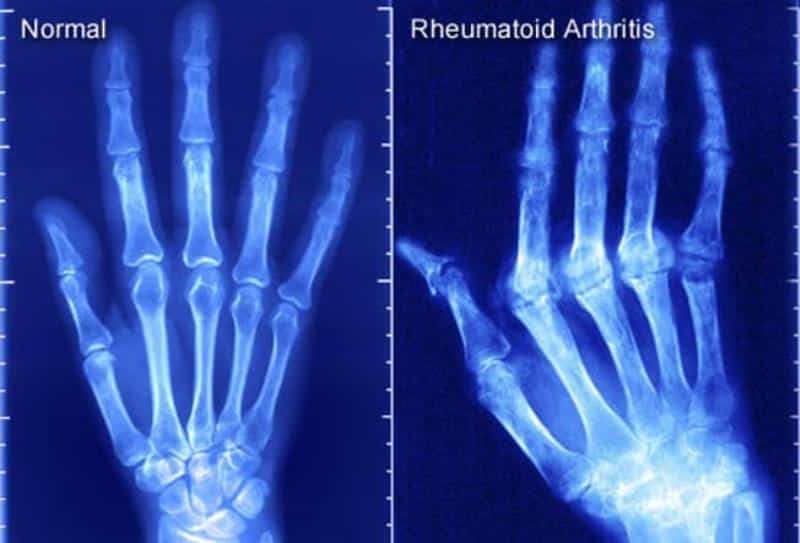
Do you know the difference between osteoarthritis and rheumatoid arthritis?
Both diseases involve the joints, but the important difference is in the type of pathophysiological mechanisms that cause the disease. However, the clinical manifestations and the type of joints involved are also somewhat different in the two diseases.
In short, rheumatoid arthritis (RA) is a chronic inflammatory disease that affects the joints. Autoimmune mechanisms are involved in the occurrence of this disease.
On the other hand, osteoarthritis (OA) is a degenerative joint disease in which the cartilage tissue in the joint breaks down and decays. Joint erosion or so-called wear and tear plays an important role in the occurrence of osteoarthritis.

Each of the diseases of joint rheumatism (rheumatoid arthritis) and arthritis (osteoarthritis) involve which joints more?
In joint rheumatism (rheumatoid arthritis), the disease starts more commonly from smaller joints (for example, finger joints) and gradually larger joints are also affected. Usually, the joints in the left and right limbs are stuck.
But in osteoarthritis, most of the knee or hip joints or the base joint of the thumb may be involved, which, unlike joint rheumatism, may be unilateral.
Involvement and deformation of the end joints and middle joints of the fingers in joint rheumatism:
When is the age of onset in each of the diseases of joint rheumatism (rheumatoid arthritis) and arthrosis (osteoarthritis)? Is the prevalence of the disease different in men and women? What is the role of genetic background in these diseases?
Joint rheumatism (rheumatoid arthritis) usually starts at a younger age, and in case of not receiving proper treatment and the severity of the disease, it gradually causes damage and deformation of the joint (deformity) over the years.
But the onset of arthrosis (osteoarthritis) is in middle age and later. Arthritis may be added in a joint that was previously involved in joint rheumatism at an older age.
Joint rheumatism (rheumatoid arthritis) is clearly more common in women than men, so that rheumatoid arthritis is 2-3 times more common in women than in men.
The genetic background is important in both diseases and these diseases are more common in those whose relatives are also suffering from these diseases.
Comparison of rheumatoid arthritis and osteoarthritis at a glance:
Comparison of osteoarthritis with rheumatoid arthritis | Osteoarthritis (arthrosis) | Rheumatoid arthritis (joint rheumatism). |
Prevalence | about 30 million people (in the United States) | about 1.5 million people (in the United States) |
Classification | Degenerative joint disease. | Autoimmune disease |
Effect of disease. | Cartilage loss | Damage and inflammation at the border of the involved joints. |
Initial presentation in terms of the number of joints involved | joints involved | involving multiple joints from the start |
The age of onset of the disease | over 60 years old | 60-30 years old |
Differences in disease prevalence | There is not much difference between the two sexes | It is clearly more common in women. (Prevalence in women is 2-3 times that of men) |
Which clinical symptom helps to diagnose rheumatism from arthritis?
Dryness in the morning in the involved joint for more than 30 minutes, which in many cases lasts up to 1 or 2 hours, is an obvious symptom of joint rheumatism, but this symptom does not exist in arthrosis or osteoarthritis, or it lasts less than 30 minutes.
Some laboratory tests such as rheumatoid factor (RF) and anti-CCP may be positive in rheumatism and help diagnose the disease more definitively, but these tests have no place in the diagnosis of osteoarthritis.
What is the difference between the mechanisms of rheumatoid arthritis and osteoarthritis? What difference does this difference make in the management and treatment of two diseases?
Rheumatoid arthritis is actually a systemic autoimmune disease that sometimes involves other parts of the body except the joints. (For example, involvement of lungs, liver, skin, eyes, blood vessels and nerves may be seen in this disease). Therefore, the main treatment in rheumatoid arthritis is the use of drugs that affect the immune response. Medicines known as DMARDs, which are drugs that change the course of this disease, such as methotrexate, hydroxychloroquine, etc., are part of the main treatments for rheumatism.
So, in rheumatoid arthritis, the main goal is early and aggressive treatment in order to suppress the immune reactions started in order to destroy the joints. To control rheumatoid arthritis, sometimes more serious treatments with biological drugs such as infliximab, tocilizumab and etanercept may be needed.
On the other hand, osteoarthritis is a joint erosion disease (wear and tear mechanism) and the immune response plays a minor role in it. Improper use of the joint may aggravate arthrosis and aggravate joint damage and cartilage degeneration.
Are supplements useful in the management of osteoarthritis or rheumatoid arthritis?
Supplements such as glucosamine have a higher place in the management of osteoarthritis, although they may also be used in rheumatoid arthritis. In fact, sometimes osteoarthritis is added to rheumatoid arthritis at older ages. However, studies related to the effectiveness of glucosamine and cartilage-supporting supplements have been conducted mostly in the population of osteoarthritis patients.
In contrast, supplements that have known anti-inflammatory effects such as omega-3 may be effective in reducing the symptoms of rheumatoid arthritis.
Can diabetics use supplements containing glucose amine?
Although there have been concerns about the increase in blood sugar due to the use of glucosamine, according to the latest studies, the use of glucosamine does not significantly increase blood sugar, and in general, diabetics can also take tests. It is necessary to use supplements containing glucosamine in connection with controlling and monitoring blood sugar and adjusting the dose of oral drugs or insulin.
Do supplements that contain other compounds besides glucosamine such as chondroitin, MSM and calcium fructoborate have a special advantage?
Yes. There is stronger scientific evidence regarding the effectiveness of these combined forms.
Except for these supplements that contain only glucosamine and chondroitin, they need a longer period of time, at least 6-8 weeks, to show the first clinical beneficial effects.
Calcium fructoborate is a compound with known anti-inflammatory effects, and its combination with glucosamine, chondroitin, and MSM increases the speed of the effect of these drugs and reduces the time required to start the effect to one to two weeks.
According to studies, calcium fructoborate may have beneficial cardiovascular effects due to its systemic anti-inflammatory effects.
What is the required daily intake of glucosamine?
Based on scientific evidence, glucosamine should be used at least 1500 mg per day for proper effectiveness. So if, for example, each of your glucosamine capsules contains 500 mg of glucosamine, you need to use three of these capsules daily. Prescribing with lower doses is not recommended because the scientific evidence for the effectiveness of lower doses is weak and may not have any effect other than wasting your capital.
The higher prevalence of osteoporosis in both rheumatism and arthrosis compared to other people in society, the importance of exercise and consuming sufficient amounts of calcium to prevent osteoporosis
As we mentioned before, one of the factors that prevent osteoporosis is having a sufficient level of physical activity and exercise. More precisely, sports in which the bones bear weight (weight bearing exercise).
On the other hand, in both rheumatism and osteoarthritis diseases, due to movement limitations and dry and painful joints, mobility and activity are usually less than the amount needed to prevent osteoporosis. At the same time, these patients need to do exercises according to the condition of their joints with the guidance of a doctor and physiotherapist in order to prevent the further development of the disease and, on the other hand, osteoporosis.
This is an important point that mobility in the joints may reduce the wear and tear of the cartilage and the progression of the disease due to the better distribution of synovial fluid (inter-articular fluid). Exercising in water and hydrotherapy are among the useful exercises for these patients, which, while creating mobility in the joint, cause a little stress to the joint due to weight loss in the water.
As expected, these patients should pay extra attention to the supply of calcium needed by the body to perform bone formation effectively, and the proper management of calcium in the body requires the presence of sufficient amounts of vitamin D, vitamin K, magnesium and zinc. zinc).
The importance of weight loss in patients with joint diseases, especially in patients with osteoarthritis
In order to reduce the stress on the joints, especially in osteoarthritis, the basis of which is joint erosion and the so-called wear and tear process, the first recommendation of doctors is to lose weight and reach an ideal weight.
Due to movement limitations, reaching the ideal weight in these patients may be considered a big challenge. These patients usually need to use proper diets to lose weight. In these diets, one should always pay enough attention to getting enough of all the vitamins and minerals needed by the body (micronutrients).
Sources of calcium for the body
Ideally, calcium should reach the body through foods such as dairy products, almonds, broccoli, beans, spinach, turnips, etc.
If we cannot use enough of these foods for any reason, we can use nutritional supplements containing calcium to solve this deficiency.
The human body needs 1000 to 1200 milligrams of calcium daily and even more during pregnancy. Each glass of milk contains about 300 mg of calcium.
Sources of vitamin D for the body
The vitamin D required by the body may also reach the body in several ways:
o Sun exposure
o Nutrition
o Taking supplements
The minimum daily requirement of vitamin D is 400 units per day according to the older guidelines and 600 to 800 units per day according to the newer guidelines in America.
The importance of magnesium and zinc in bone formation and body health
Proper management of calcium in the body, in addition to vitamin D, requires the presence of sufficient amounts of other substances such as magnesium and zinc.
Without the presence of vitamin D, magnesium and zinc, calcium may not be used properly for bone formation and even with deposits in the body’s vessels, it may cause coronary artery problems and increase the incidence of heart attacks.




